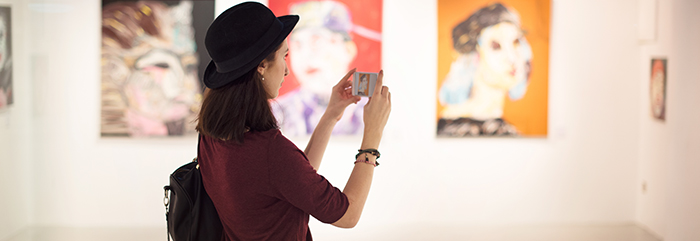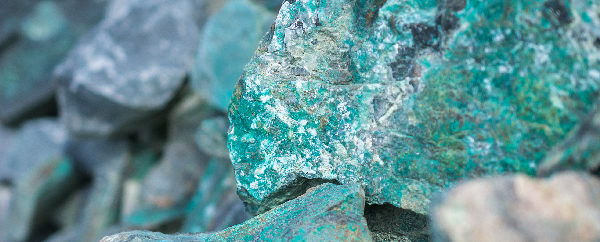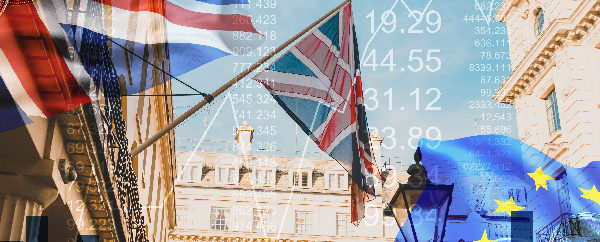In the world of investment, ‘disruption’ is not always a bad thing. It can shake up a stagnant sector and create new opportunities the likes of which have not been seen recently, if ever before.
This is particularly true in alternative investments, where disruption – and disruptors – can add significant value if you are able to spot emerging trends that other investors might not be alert to.
Art is a good fit for this. The value of most art is not intrinsic. The materials may have intrinsic value, for example gold and other precious metals used in jewellery or sculpture, but the piece as a whole relies on subjective appreciation.
Because of this, disruption and emerging trends don’t need to make sense objectively, as long as they can find private buyers and investors who are willing to spend on artworks they appreciate on a subjective basis.
In the 21st century this is even more true than ever before, with many young artists selling their creations directly and dodging the fees and commission charged by the galleries and auction houses.
That means more variety and diversity in artworks coming on to the market, as well as excellent opportunities to negotiate a better purchase price, especially if you can find an artist whose true talent has not yet been recognised by the wider market.
Independent exhibitions
The traditional gallery model is changing, with more young artists exhibiting their work independently.
While some of those exhibitions take place in museums and galleries, you can also find art on display everywhere from shopping centres to bars and restaurants.
An increase in collaborations between artists and fashion brands has even turned catwalks and clothing into living human gallery space, and wearable art is a trend in its own right.
This makes sense. Artists have often expressed themselves in their own body image, clothing and overall appearance; now their art is finding its way on to other people’s bodies too.
Self-promotion
Self-promotion is easier than ever. Whether it’s via the internet, social networks, local Facebook groups or just word of mouth between highly engaged residents, there are great ways to raise awareness of independent exhibitions and art sales.
For investors with a keen local focus, this gives you a chance to discover talent in your area, allowing you to invest in an artist that few others may yet be aware of but who you believe has wide appeal.
Of course it also gives you the power of promoting their work too, so that if you wish, you can double as both an investor and an art dealer, reaching out to potential buyers to make them aware of the artist’s work and especially of the pieces you have available to buy.
Investing in independent art in this way can become not only a way to generate income, but an entertaining pastime as well, as you attend exhibition launches and get to know local artists, so that the rewards can be more than just financial.
Collaborative exhibitions
Remember that the current generation is one of collaboration. Many people right up to middle age have spent much of their life engaging with strangers routinely via chat rooms, social networks and discussion forums.
So it’s no surprise that many exhibitions feature works by several different artists, giving you multiple investment opportunities to consider in a single visit.
Huge sector events like The Other Art Fair in London bring large numbers of artists together under a single roof, with the chance to buy art directly from 140 different artists.
Importantly, these are emerging creators at the start of their careers, so you can buy into a potential future household name if you see someone whose work you think has both subjective and objective investment value.
Art on the streets
Public art has been a growing trend in recent years and it’s now common for cities’ cultural quarters to feature a good amount of outdoor artworks.
Buying a wall mural is difficult but not impossible, as private purchases of Banksy pieces have proved in the past, although it’s important to factor in the level of outrage you can expect if you remove a much-loved work of art from a public space.
Again though, this is potentially a good way to identify talented local artists and either invest in their more portable works on canvas rather than brick, or investigate alternative options like licensed prints of their public works.
Look out for public exhibitions where several buildings in a single cultural quarter or business district receive art on their exteriors by different disruptors and creators from the area.
Like the large events mentioned above, these give you a great opportunity to gauge public opinion and identify which artists are making the most headlines, before buying into their work if the price is right.
Creating communities
These many and varied ways to exhibit and invest in art are changing the way buyers find artworks to add to their portfolios.
It’s a much more community-driven sector, especially if you choose to invest in this way rather than through the traditional auction houses, galleries and art dealers.
You may find you embrace the social aspects of this and become firm friends with the young, talented artists whose work you choose to invest in.
Even if not, this creation of community can also establish a highly engaged buyer base within your local area, making it even easier to dispose of your portfolio at a profit when the time comes.
And as always, a disrupted market means greater volatility and more pockets of potential for substantial gains – it’s all a question of finding the emerging artists whose works have the greatest beauty in the eye of the beholder.
Disclaimer: The information provided here is not investment, tax or financial advice. You should consult with a licensed professional for advice concerning your specific situation.




